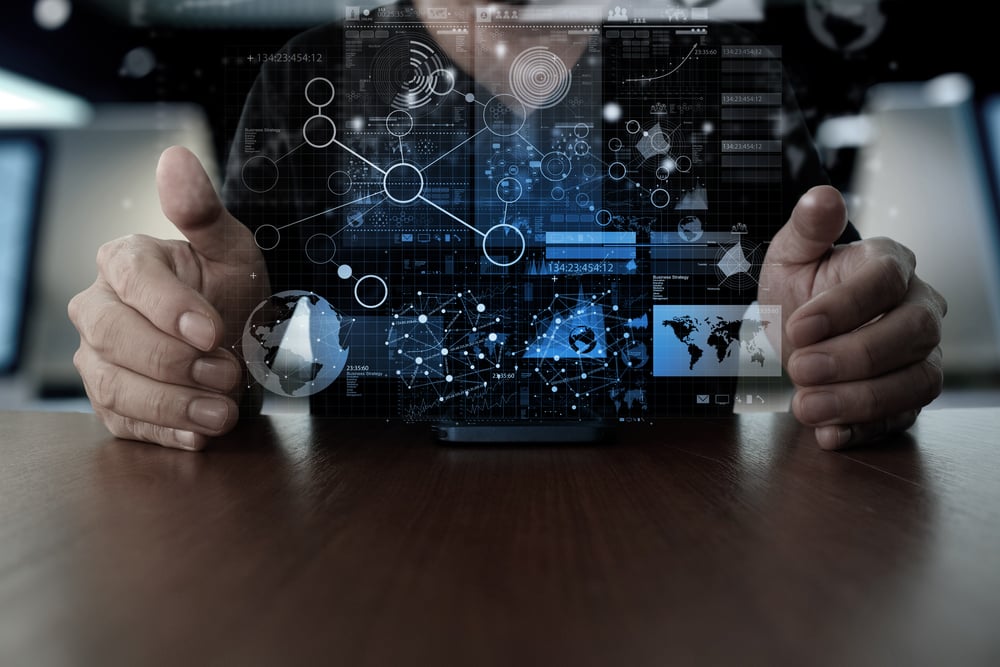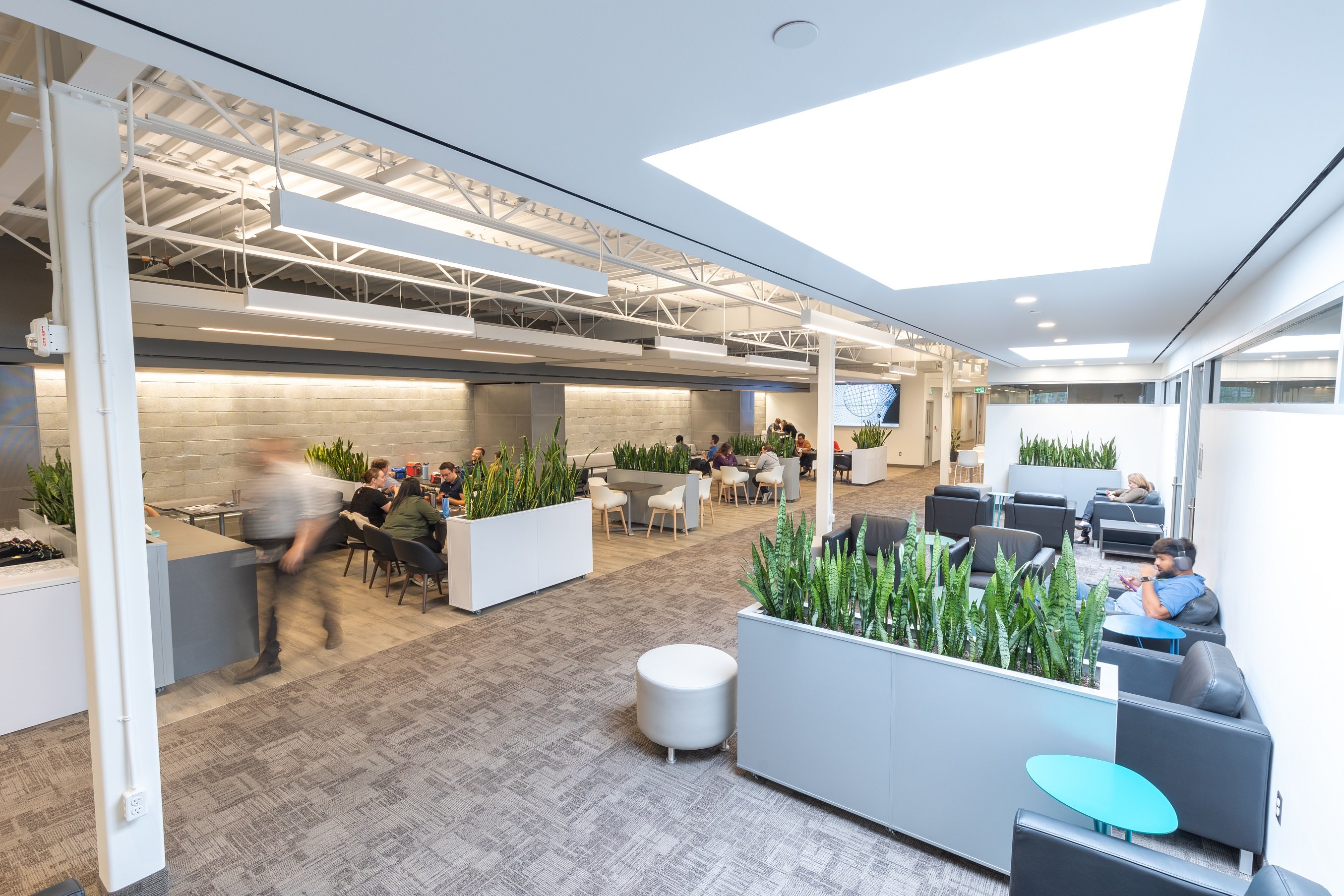A Deep Dive into the BACnet Protocol and How It’s Used in HVAC
BACnet stands for building automation and control networks. This data communication protocol is widely used around the world with HVAC, lighting and even security systems within buildings. BACnet is an open-source protocol form of communication that allows BACnet devices to talk with one another on a building network. BACnet was developed by ASHRAE to promote the use of open protocol as opposed to the proprietary protocols that once dominated in the industry.
Read More
Topics:
Controls,
HVAC Fundamentals,
HVAC,
Engineering,
ASHRAE
Active Chilled Beams and the Coanda Effect
Open-ceiling spaces are becoming increasingly popular, especially in the architectural industry. Aside from providing a feeling of spaciousness and a contemporary aesthetic, the absence of a ceiling grid or drywall also simplifies coordination and allows for more flexibility with ceiling fixtures. But can chilled beams be used in these open-ceiling spaces? As is the case with other air diffuser products, the answer is yes – but with one simple addition.
Read More
Topics:
Beams,
HVAC Fundamentals,
HVAC,
Engineering,
Design Engineering,
Architecture
Read about the Research – and Meet the Researchers!
The last few years have seen an increased focus on indoor air quality. Occupants want to feel comfortable in commercial spaces, and building owners, architects and engineers want to know that they’re constructing and renovating facilities with products that work as intended. No gimmicks – just real, science-backed solutions.
Read More
Topics:
Displacement,
HVAC Fundamentals,
Employees,
HVAC,
Engineering,
Design Engineering,
ASHRAE 62,
CFD,
ASHRAE
Renovated, Expanded Space Creates a Living Showroom
We are continually adding talented individuals to the Price team, and in 2018 it was clear that our office space at our headquarters in Winnipeg, MB, was bursting at the seams. Team members were sharing offices, working in hallways and competing for meeting room space. Plans for the expansion of the Golspie North production space were already underway, and it seemed like the perfect time to expand and renovate our offices.
Read More
Topics:
Noise Control,
Acoustic Panels,
GRD,
Diffusers,
Displacement,
HVAC Fundamentals,
Employees,
HVAC,
Engineering,
Design Engineering,
Architecture,
Critical Environments,
Filtration
Streamlining Your Workflow with the Price Engineer Toolkit
A variable air volume terminal unit, or VAV box, provides space-specific heating, ventilation or air-conditioning to individual zones within a larger indoor environment. The most common VAV box is a single-duct terminal unit, which regulates the volume of air that each space requires by adjusting a damper with an automated controller and actuator. VAV terminals often include additional components such as hydronic or electric heating coils and fans equipped with variable-speed motors.
Read More
Topics:
Terminals,
HVAC Fundamentals,
HVAC,
Engineering,
Design Engineering,
Training,
Tech Tip,
Software







